In the realm of advanced materials, Kevlar-49 composites have emerged as a revolutionary class of materials that offer unparalleled strength, durability, and versatility. Developed by Stephanie Kwolek at DuPont in the 1960s, Kevlar-49 composites have since found applications in a wide range of industries, from aerospace and defense to automotive and sports equipment. This article delves into the properties and uses of Kevlar-49 composites, exploring their unique characteristics, manufacturing processes, and diverse applications.
View More New Posts:

Properties of Kevlar-49 Composites
1. High Tensile Strength
Kevlar-49 composites are renowned for their exceptional tensile strength, making them one of the strongest materials known to humanity.This strength is attributed to the unique molecular structure of Kevlar, which consists of long chains of polymer molecules aligned parallel to one another.
This alignment allows for efficient load distribution and prevents crack propagation, resulting in a material that can withstand significant mechanical stresses without failing.
2. Low Density
Despite its remarkable strength, Kevlar-49 composites exhibit low density. This property is crucial in weight-sensitive applications, such as aerospace and sports equipment manufacturing. The combination of high strength and low density makes Kevlar-49 an attractive alternative to traditional materials like steel and aluminum.
3. Resistance to Chemicals
Kevlar-49 composites possess excellent chemical resistance, rendering them impervious to a wide range of corrosive agents. This characteristic is particularly valuable in industries where exposure to harsh chemicals is common, such as chemical processing and petrochemicals.
4. Thermal Stability
With a high melting point and excellent thermal stability, Kevlar-49 composites retain their mechanical properties even at elevated temperatures. This property is essential in applications where the material is subjected to extreme heat, such as aerospace components and industrial machinery.
5. Low Creep
Kevlar-49 exhibits minimal creep, which refers to the gradual deformation of a material under sustained mechanical loads. This property makes Kevlar-49 composites ideal for applications requiring long-term structural integrity, such as cables, ropes, and reinforcement materials.
6. Impact Resistance
Kevlar-49 composites are highly resistant to impact and penetration, making them suitable for ballistic protection and armor applications. The material’s ability to absorb and disperse impact energy has made it a staple in military and law enforcement gear, as well as in body armor worn by athletes in contact sports.
Manufacturing Processes
The manufacturing of Kevlar-49 composites involves several intricate processes that are carefully orchestrated to harness the material’s unique properties effectively. One common method of production is through the use of filament winding, wherein continuous Kevlar fibers are impregnated with a resin matrix and wound around a mandrel in a specific pattern. This process allows for precise control over fiber orientation, ensuring that the resulting composite has optimal mechanical properties for the intended application.
Another technique employed in manufacturing Kevlar-49 composites is prepregging. In this method, Kevlar fabric is pre-impregnated with a resin matrix, and the resulting prepreg material is then cured under controlled conditions to achieve the desired strength and durability. Prepregging offers advantages such as consistent resin distribution and reduced void content.
Compression molding is another prominent method for producing Kevlar-49 composites. In this process, layers of Kevlar fabric are placed into a mold, and heat and pressure are applied to facilitate resin impregnation and curing. Compression molding allows for the creation of complex shapes and structures, expanding the potential applications of Kevlar-49 composites.
Applications of Kevlar-49 Composites
1. Aerospace and Aviation
The aerospace industry was one of the first to embrace Kevlar-49 composites due to their high strength-to-weight ratio and resistance to fatigue and impact. These composites find use in aircraft components, such as wings, fuselages, and engine nacelles, where weight reduction and structural integrity are critical.
2. Defense and Ballistics
Kevlar-49 composites are extensively utilized in defense applications, primarily in the creation of body armor, helmets, and ballistic shields. The material’s exceptional energy absorption capabilities provide effective protection against bullets and shrapnel, enhancing the safety of military personnel and law enforcement officers.
3. Automotive Industry
In the automotive sector, Kevlar-49 composites contribute to the production of lightweight yet robust components. These materials are used in various vehicle parts, including bumpers, panels, and structural reinforcements, leading to improved fuel efficiency and crashworthiness.
4. Sports and Recreation
Kevlar-49 composites play a significant role in sports equipment manufacturing. Tennis rackets, bicycle frames, helmets, and protective gear benefit from the material’s strength and impact resistance, providing athletes with enhanced performance and safety.
5. Marine Applications
Given their resistance to corrosion and harsh environmental conditions, Kevlar-49 composites are employed in marine applications. Boats, yachts, and offshore structures benefit from the material’s durability, contributing to extended service life and reduced maintenance costs.
6. Industrial and Structural Reinforcements
Kevlar-49 composites find application in industrial settings for the reinforcement of structures and machinery. They are used in the creation of cables, ropes, and belts, where their high strength and low weight contribute to improved efficiency and reliability.
7. Consumer Goods
Beyond industrial applications, Kevlar-49 composites have made their way into consumer goods. Luggage, smartphone cases, and other everyday items benefit from the material’s durability and impact resistance, ensuring that these products can withstand the rigors of daily use.
Future Trends and Innovations
As technology continues to advance, researchers and engineers are exploring new ways to enhance the properties and applications of Kevlar-49 composites. Some areas of focus include:
1. Nanotechnology Integration
Nanotechnology offers opportunities to modify the surface properties of Kevlar-49 composites, improving features such as wear resistance, self-healing capabilities, and even electrical conductivity. By incorporating nanomaterials, these composites can be tailored for specific requirements in various industries.
2. Multi-Material Hybridization
Combining Kevlar-49 composites with other advanced materials, such as carbon fibers and ceramics, can lead to hybrid composites with a broader range of properties. These hybrids could revolutionize industries that demand multifunctional materials, such as aerospace and healthcare.
3. Sustainable Manufacturing
Efforts to reduce the environmental impact of materials production have led to the exploration of sustainable manufacturing processes for Kevlar-49 composites. Recycled or bio-derived resins, as well as efficient manufacturing techniques, could make these composites more eco-friendly without compromising their performance.
Conclusion
Kevlar-49 composites represent a groundbreaking class of materials that have reshaped industries through their exceptional properties and versatility. From aerospace to defense, automotive, and consumer goods, these composites continue to drive innovation and redefine the possibilities of material engineering. As research and development efforts persist, Kevlar-49 composites are likely to find even more diverse applications, contributing to a safer, more efficient, and technologically advanced future.
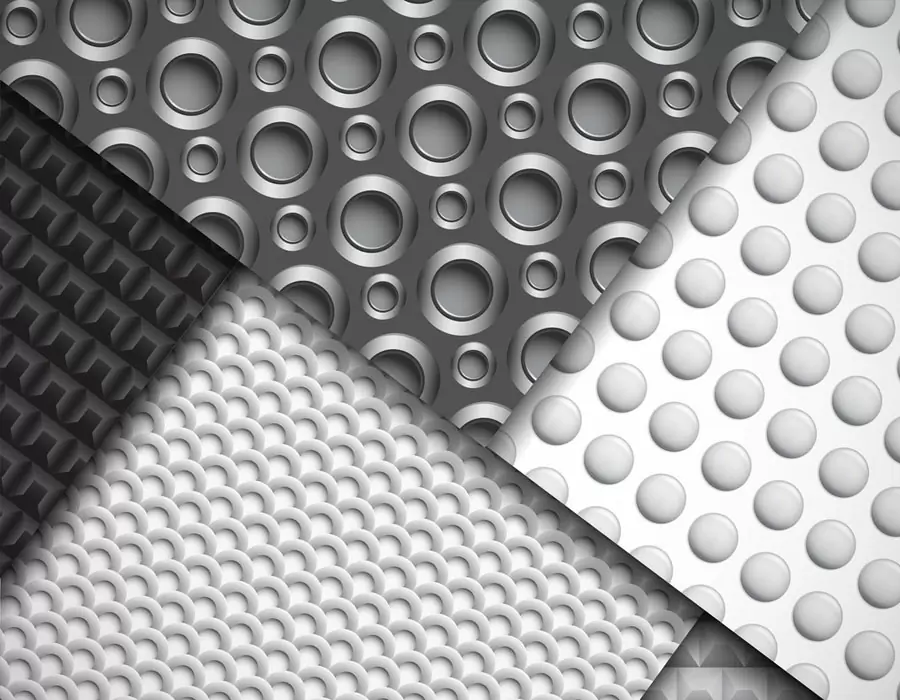
ISO 9001 certified. BE-CU Prototype Offering CNC machining carbon fiber and other manufacturing services for carbon fiber marterial. Various capabilities include notching, labeling, drilling carbon fiber, grinding, laser cutting carbon fiber, finishing, plating, marking, CNC milling carbon fiber and turning carbon fiber.We stock high quality 3k carbon fiber sheet in a variety of thickness, types and finish. Its a great material used in applications where light weight and strength are needed such as drones. Unlike other workshops, we have no min order and are often filling orders with a single part. We also don’t make you pay for the full sheet and you only get charged for what is used. With a large selection of material, you should find everything you need to make your project come to life. We are also able to handle larger production runs and provide a competitive pricing. If we don’t have the material or finish you require, we are more the willing to look at bringing it in for you.
What Is Carbon Fiber?Carbon fiber is made of polyacrylonitrile (PAN) (or pitch, viscose) and other organic fibers by carbonization (removal of most elements except carbon) by pyrolysis method under inert gas at high temperature above 1,000 °C. Inorganic polymer fibers with a carbon content of more than 90%.
-

3D Printing Continuous Fibres
-

3D Printing Short Fibre Filled Wires
-
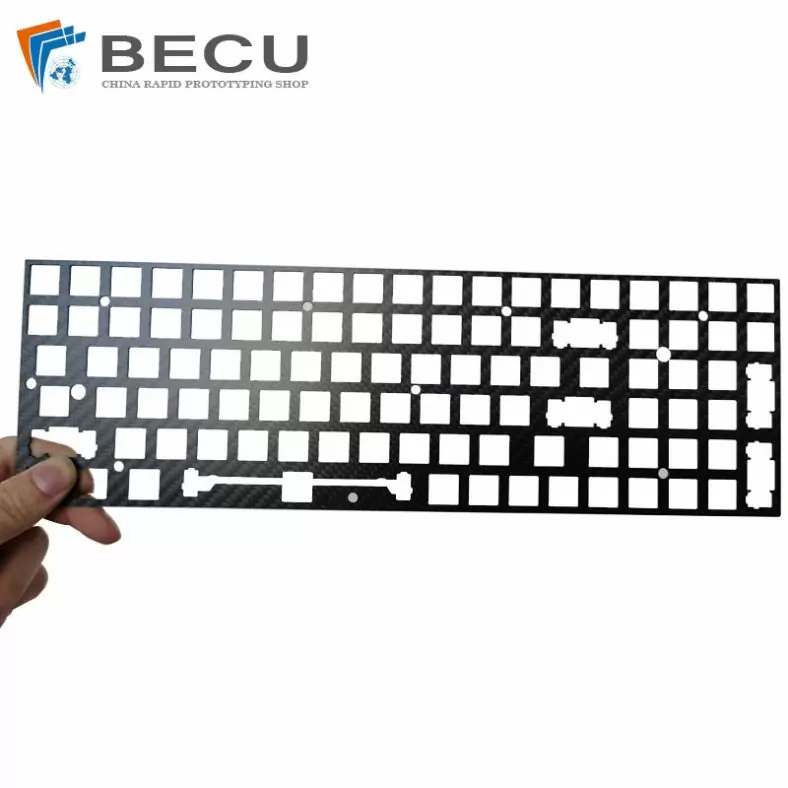
Laser Cutting Carbon Fiber Positioning Keyboard
-

Cnc Turning Industrial Copper-Aluminum Clad Carbon Fiber Machinery Parts
-
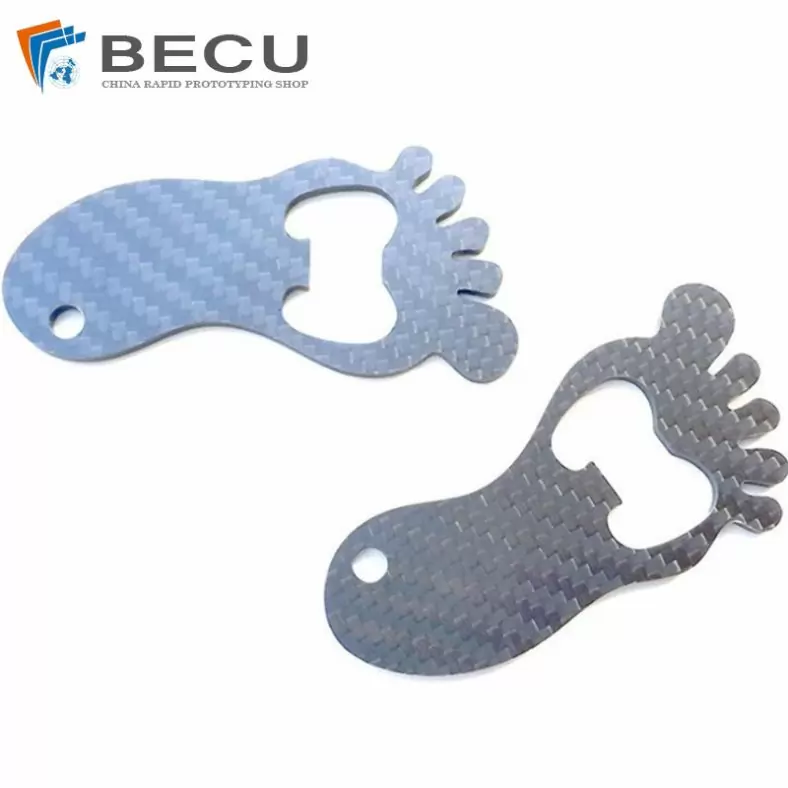
Carbon Fiber Luggage Tag Ornaments
-
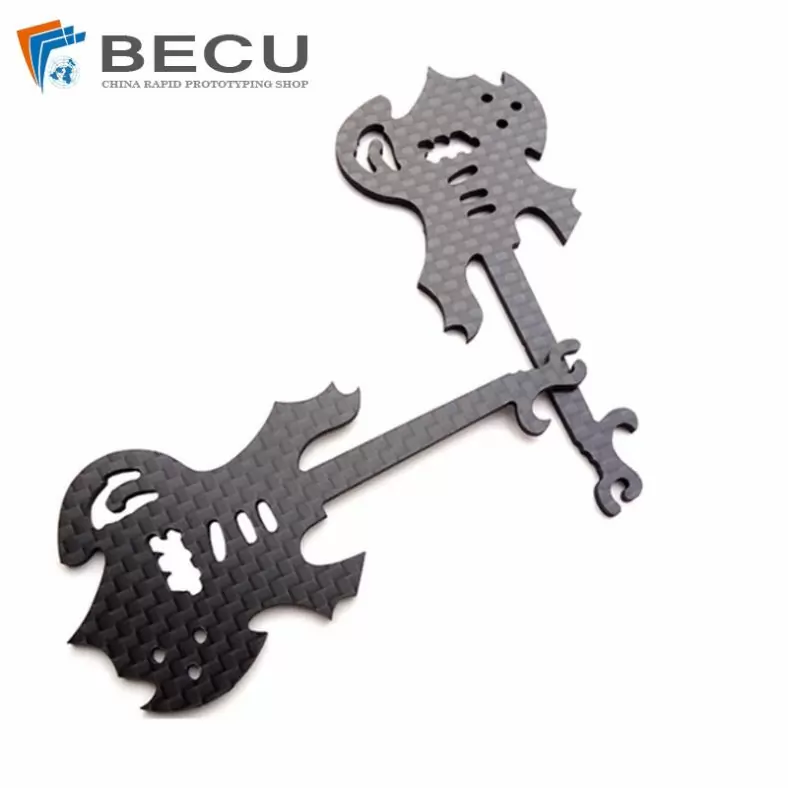
Laser Cutting Carbon Fiber Guitar Shape Crafts
-
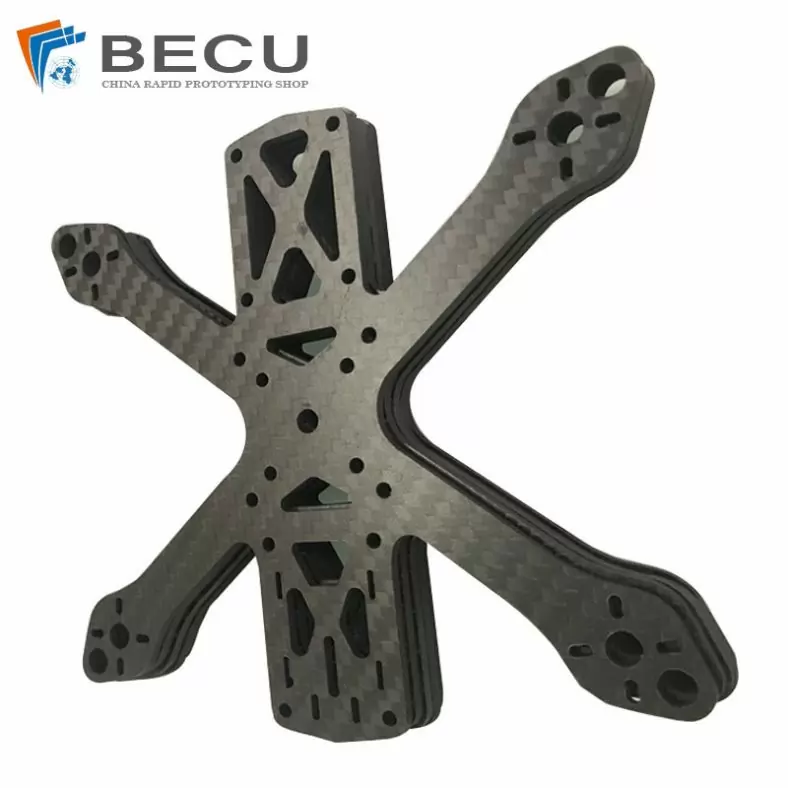
Laser Cutting Carbon Fiber Drone Rack
-
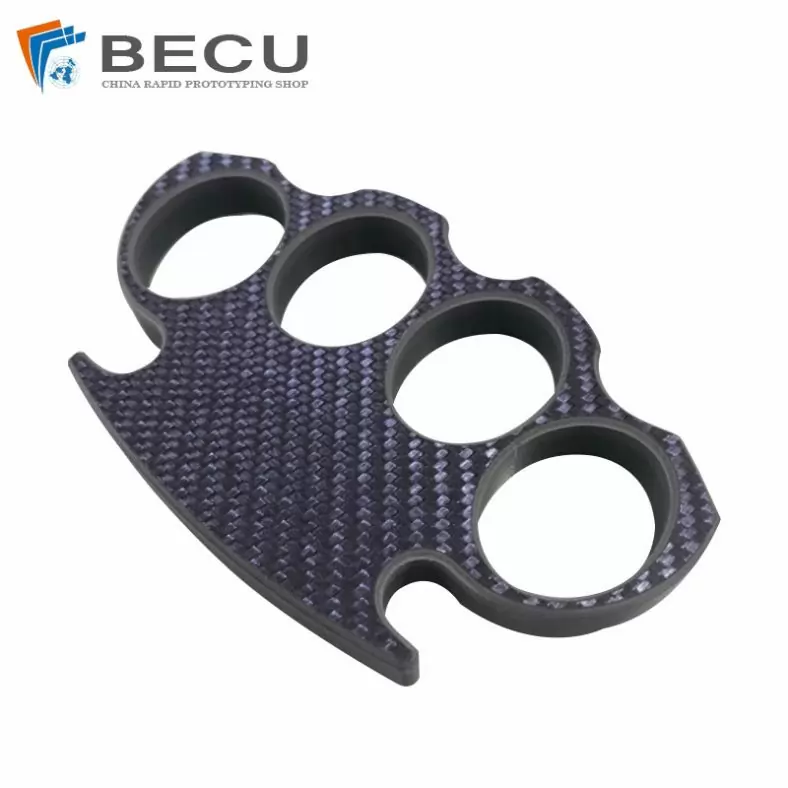
Cnc Milling Carbon Fiber Finger Buckle
